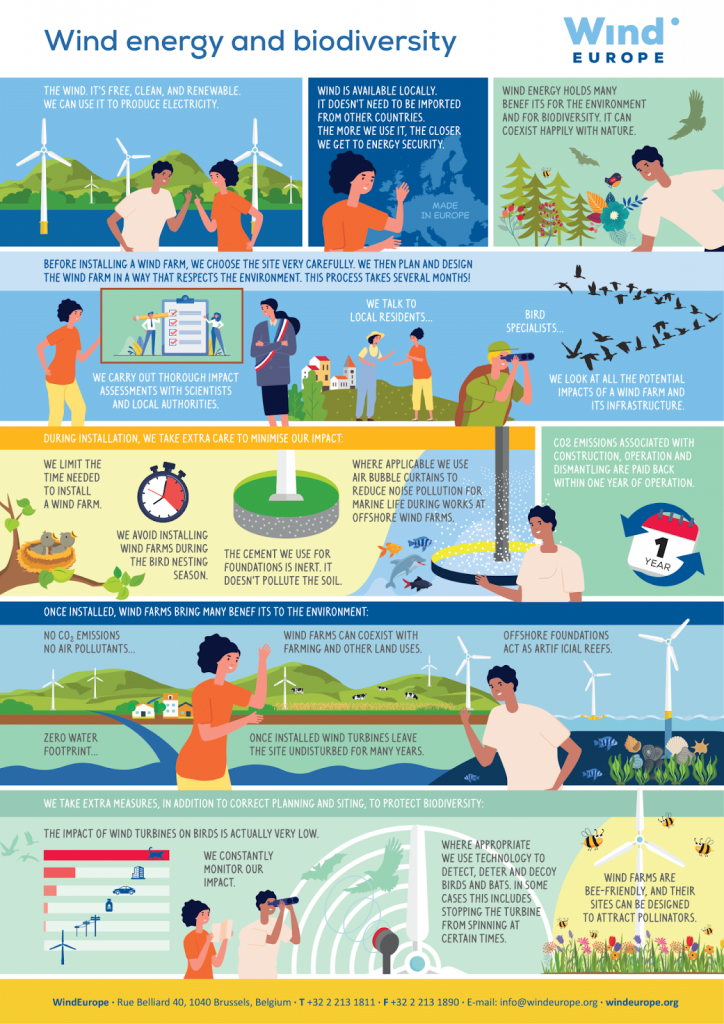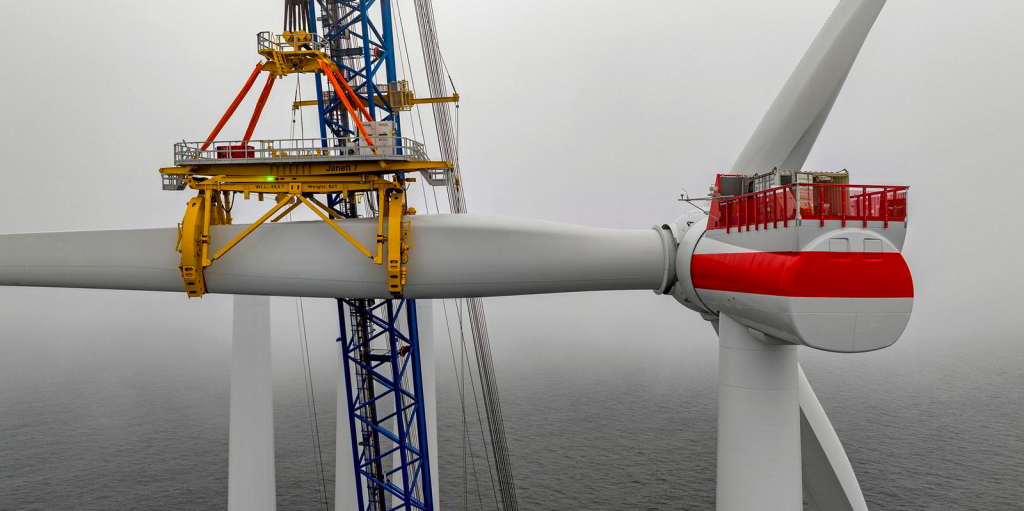Turbine Inspections
Offshore Wind and Environment Don’t Mix? Think Again

Offshore wind energy is taking off like never before. But not without opposition.
Advocacy and community groups have filed lawsuits against plans to build large-scale offshore farms on the grounds that pertinent agencies have failed to adequately assess the ramifications these projects may have on the environment.
Much to offshore developers’ delight, one of the cases has been tossed after months of legal tussle. While the rest gets sorted out, we wanted to get knee-deep in the issue to see what the actual science says about the ongoing strife over the ecological impacts of offshore wind.
Points of Concern
As we mentioned in our previous post, dotting the sea floor with gigantic steel girders has certain implications for marine mammals and their habitat.
But what exactly do such implications entail? The following are three major points of contention between offshore wind farms (OFWs) and activists.
Noise Pollution
The issue with sound can go both ways. Either the noise emitted during installation disrupts the way of underwater life, or the constant rotation of the blades keeps nearby residents up at night.
The latter is more so a matter of technicality as OFWs are seldom constructed in close vicinity to the coast for operational noise to breach municipal ordinances.
The former, however, pose a legitimate concern. Especially when the process involves drills and steel drivers, two of which together give out a noise loud enough to stress out marine species that rely on auditory modalities for communication and navigation.
Habitat Alteration
Drilling down steel piles stirs up a hefty amount of clay and silts. Then follows an uptick in the concentration level of suspended sediment, which brings down the quality and quantity of incident light, making things difficult for benthos and other bottom-dwelling organisms that gain energy from the sun to thrive.
Waste Management
The argument over waste management has lost its vigor now that there’s technology to take inert blades out of landfills and back into the environment. But the issue still carries some weight in offshore contexts where the average turbine size tends to be considerably larger.
Circles of Influence
Despite all this, the total installed capacity is projected to reach 630 gigawatts over the next three decades.
How is it possible for offshore wind to enjoy such explosive growth when challenges as complex are standing in the way?
The short answer is technology.
Sure, regulatory processes like those of marine spatial planning and strategic environmental assessments are there to lay the groundwork for offshore projects to be rolled out in the most eco-friendly way possible. The crux of the transformative force that turns offshore wind into a positive environmental factor, however, is technology.
Bubble Curtains
Chances are, you’ve seen a recording studio insulated by panels made up of porous foams. What those panels do is absorb the vibration, preventing sound waves from escaping the room.
Bubble curtains leverage that very principle but within an underwater context.
By releasing air bubbles through an oil-free compressor that rises to the surface and forms a whirlpool-like barrier, bubble curtains ramp up the density of surrounding water molecules to a point where sound waves from the installation are either broken down or significantly dampened before reaching outside the curtain wall.
A good use case that speaks to their effectiveness is the Wikinger project in which Spanish energy leader Iberdrola employed bubble curtains as the primary means of noise control, leaving a minimal ecological footprint in constructing a billion-dollar offshore wind farm.
Coral Restoration
“By installing offshore wind farms in a sedimentary environment where no solid substrate exists, we create a stable and long-term surface that corals can grow on. Then we can artificially intervene using the nature of these organisms themselves to help them grow in that location.” – Justin Hsieh, Director at Penghu Marine Biology Research Center
Bubble curtains zeros in on mitigation. The goal here is to minimize noise.
Coral restoration, on the other hand, is all about rehabilitation. It aims to reverse potential habitat loss by introducing lab-cultivated larvae right on the artificial substrate.
Spearheading this innovative approach is none other than Ørsted. The Danish energy giant has been unlocking the magic of coral restoration through ReCoral, which continues to diversify the range of habitats and boost biodiversity across offshore sites.
Recyclable Blades
The well-deserved hype behind ReCoral comes from the fact that it doesn’t just mitigate but improves existing circumstances. The same goes for recyclable blades.
All credit to Siemens Gamesa for bringing the concept of blade recyclability to fruition, what had once been deemed an environmental hazard is now being reproduced into cement, plastics, and other much-needed industrial materials.
Of course, recyclable or not, the best course of action would be to keep the blades out of landfills by maximizing their lifespan. To do so, you’ll need to keep close tabs on the status of the blades through timely and efficient inspections.
Looking after the blades, particularly at offshore sites, can be a handful. If you at all resonate, check out NearthWIND and NearthWIND Mobile, tried-and-true solutions tailor-crafted to turn blade inspections from a painstaking undertaking to a seamless and effortless process.
Final Verdict
Gut tells us that anything industrial can seldom be conducive to the environment. While that may be true for most industrial activities, it’s hard not to rule out offshore wind as an exception.
That’s not to say offshore wind comes free of environmental risks. But as we covered, there are tools in place to offset potential complications and even enrich the oceanic waters and their wonders.
As technology continues to mature and these tools deploy at a grander scale, the future of offshore wind will come to shine brighter than its past.




